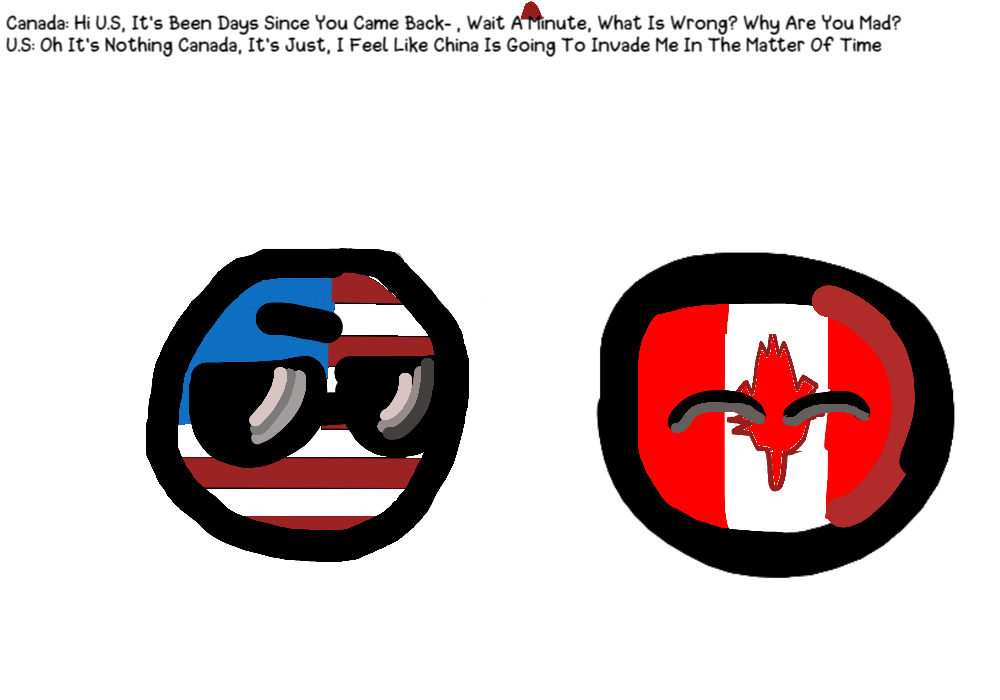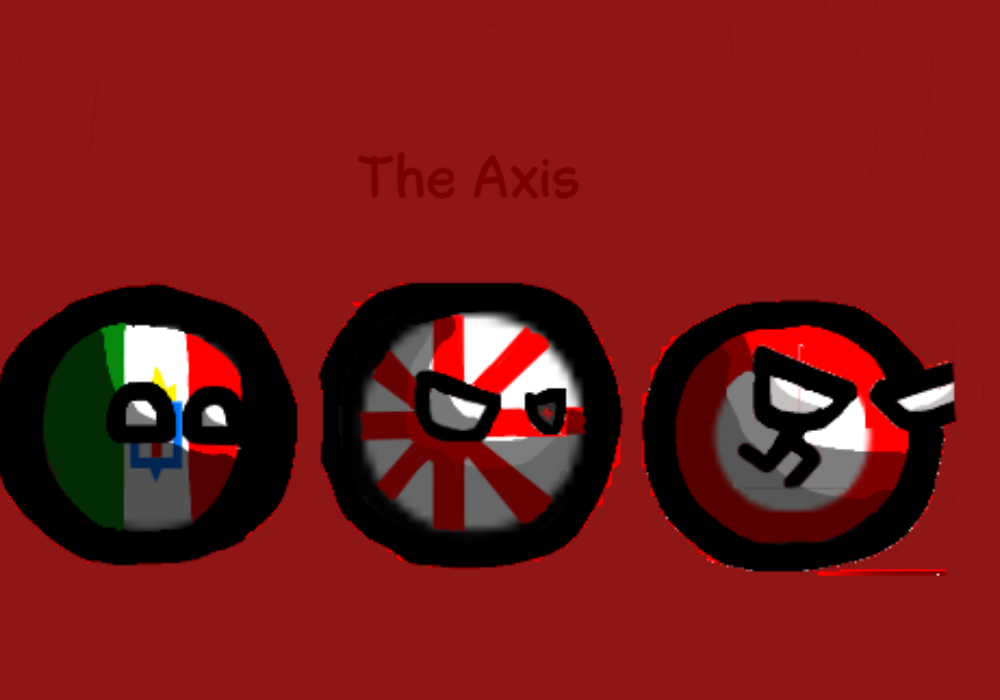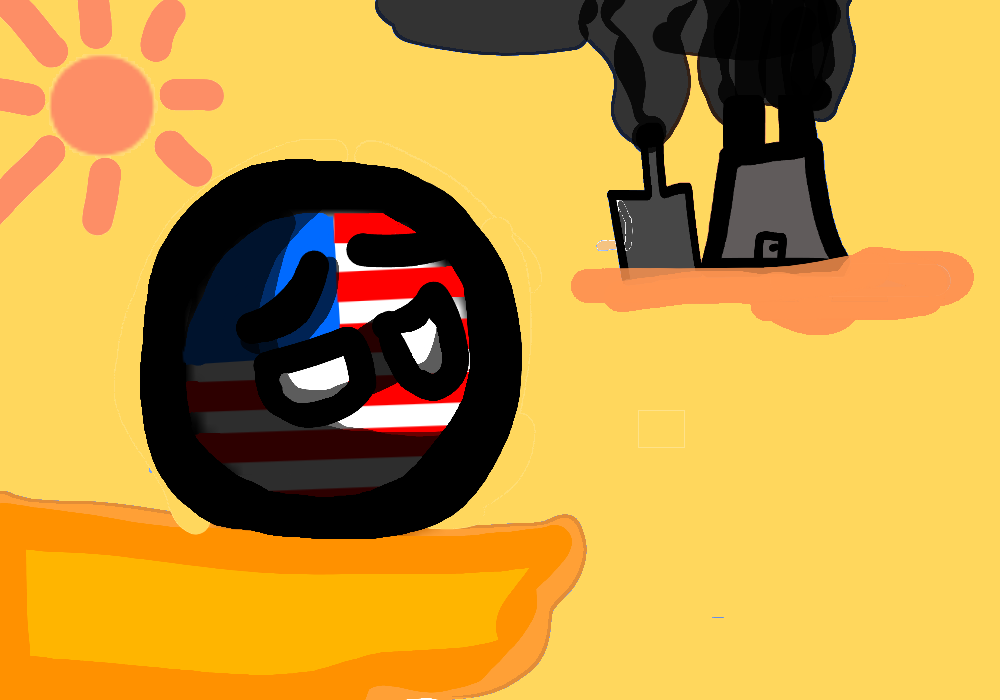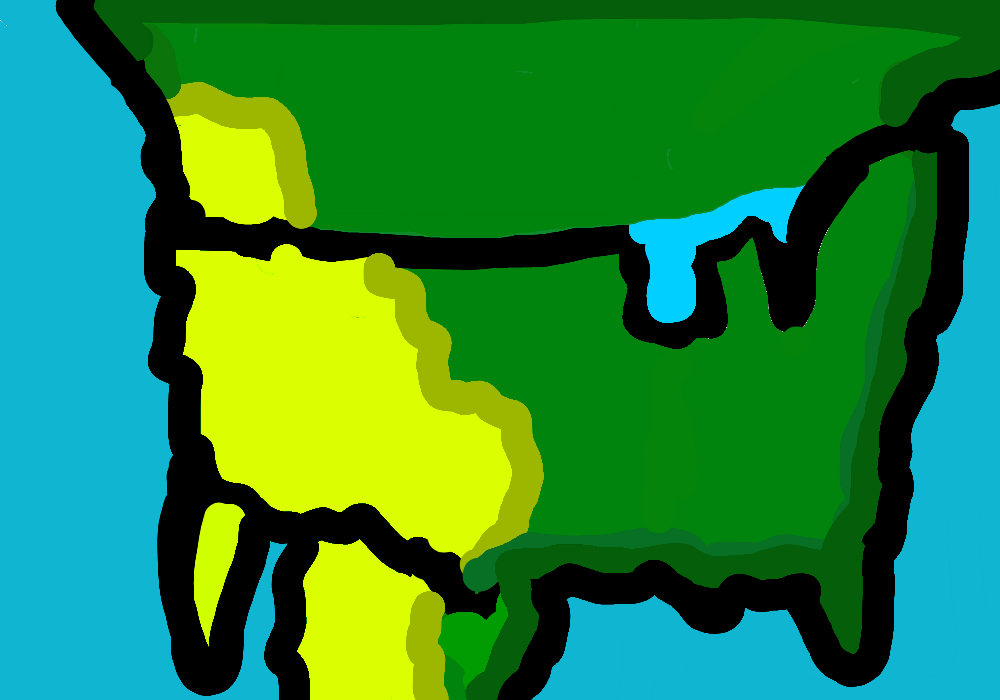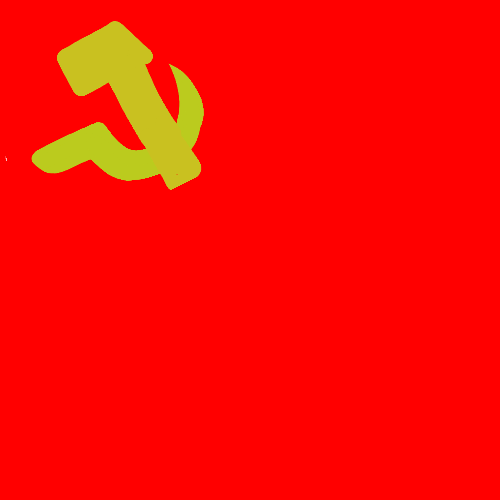
@Justin14
52 followers
161 following
The Flag Of Russian Empire
The Russian Empire, also known as Imperial Russia, existed from its proclamation in November 1721 until its dissolution in March 19171. Let’s delve into its fascinating history:
Founding: The Russian Empire was officially established on November 2, 1721 (Old Style) when the Russian Senate conferred the title of Emperor (Imperator) of all the Russias upon Peter I2. This marked the beginning of a vast realm that spanned most of northern Eurasia.
Territory and Influence: At its zenith in the late 19th century, the Russian Empire covered approximately 22.8 million square kilometers (8.8 million square miles)—about one-sixth of the world’s landmass. It was the third-largest empire in history, surpassed only by the British and Mongol empires. Notably, the Russian Empire also held colonies in North America between 1799 and 18671.
Population and Diversity: The 1897 census, the only one conducted by the empire, revealed a population of 125.6 million people, characterized by considerable ethnic, linguistic, religious, and socioeconomic diversity1.
End of an Era: The abdication of Nicholas II on March 15, 1917, marked the end of the Russian Empire and its ruling Romanov dynasty2. This pivotal moment paved the way for subsequent historical events, including the Russian Revolution.
The Russian Empire’s legacy is intertwined with grandeur, complexity, and significant geopolitical influence. Its dissolution eventually led to the emergence of the Soviet Union and the transformation of the region’s political landscape
Founding: The Russian Empire was officially established on November 2, 1721 (Old Style) when the Russian Senate conferred the title of Emperor (Imperator) of all the Russias upon Peter I2. This marked the beginning of a vast realm that spanned most of northern Eurasia.
Territory and Influence: At its zenith in the late 19th century, the Russian Empire covered approximately 22.8 million square kilometers (8.8 million square miles)—about one-sixth of the world’s landmass. It was the third-largest empire in history, surpassed only by the British and Mongol empires. Notably, the Russian Empire also held colonies in North America between 1799 and 18671.
Population and Diversity: The 1897 census, the only one conducted by the empire, revealed a population of 125.6 million people, characterized by considerable ethnic, linguistic, religious, and socioeconomic diversity1.
End of an Era: The abdication of Nicholas II on March 15, 1917, marked the end of the Russian Empire and its ruling Romanov dynasty2. This pivotal moment paved the way for subsequent historical events, including the Russian Revolution.
The Russian Empire’s legacy is intertwined with grandeur, complexity, and significant geopolitical influence. Its dissolution eventually led to the emergence of the Soviet Union and the transformation of the region’s political landscape
Other Minitoons by @Justin14
